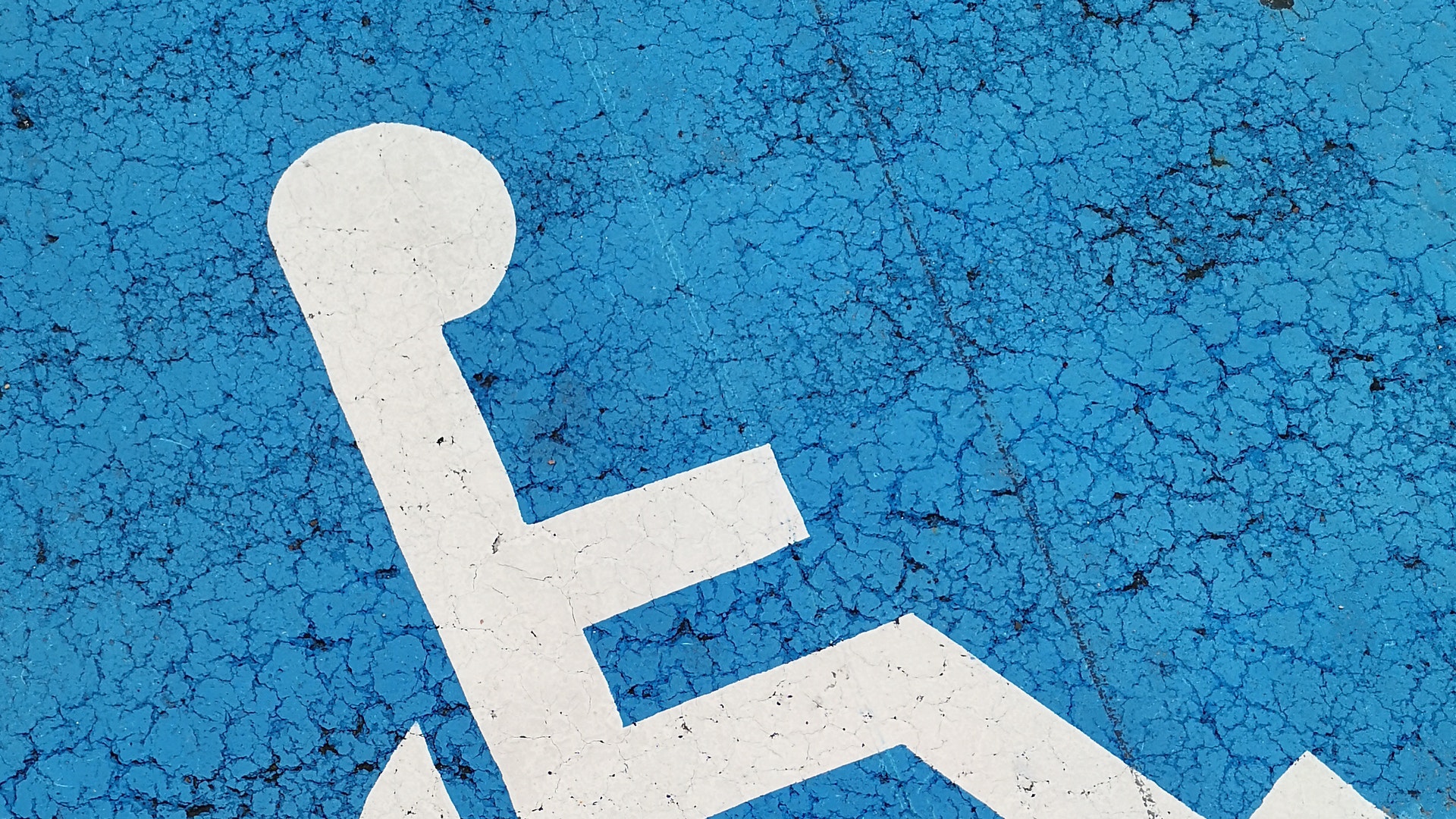How to create jobs for people with disabilities – lessons from Starbucks
Imagine walking into a restaurant with a sign “We cannot hear you but we would like to share tasty coffee with you.” In this restaurant, all systems are specially designed and automated, and this allows you to place orders without saying a word. One of the simplest systems employed to facilitate ordering in this restaurant is the numbering of drinks and food. Additionally, one can write down their specific needs for more clarity.

Imagine walking into a restaurant with a sign “We cannot hear you but we would like to share tasty coffee with you.” In this restaurant, all systems are specially designed and automated, and this allows you to place orders without saying a word. One of the simplest systems employed to facilitate ordering in this restaurant is the numbering of drinks and food. Additionally, one can write down their specific needs for more clarity.
Imagine walking into a restaurant with a sign “We cannot hear you but we would like to share tasty coffee with you.” In this restaurant, all systems are specially designed and automated, and this allows you to place orders without saying a word. One of the simplest systems employed to facilitate ordering in this restaurant is the numbering of drinks and food. Additionally, one can write down their specific needs for more clarity.
This is now a reality at Starbucks `silent café` in Guangzhou, quite creative and brave. In this restaurant, fourteen of 30 staff are hearing impaired. That`s about half of staff at the shop. Among three of the hearing impaired managers at the store is Zhu Jieying, Starbuck`s first coffee master with hearing loss in China. He is happy and hopes that through this initiative, people with disabilities will show themselves and explore more possibilities in their life.
In the numbers
The World Report on Disability estimates that 15 percent of the world population are people with disabilities. In Kenya, according to Global Disability Rights Now, 10 per cent of the population is disabled of which 33.3 per cent (1.48 million people) are employed. Sixty seven per cent of the disabled people live in poverty. Kenya has come along way in recognizing the rights of people with disabilities (PWD) but gaps still exist. In 2007, the U.N. Convention on the Rights of Persons with Disabilities (CRPD) was signed and ratified in 2008. The 2010 National Kenyan Constitution recognizes disability rights.
Sorry state
While these statistics paint a fair picture, the situation could be different in real life. For example, a graduation ceremony I attended last year had less than five graduates with disabilities out of more than 3,500 graduands. This is less than 0.2 per cent of the graduating class` population. So far, I have worked in four organisations in my career life yet I have never had a colleague with any form of disabilities. People with disabilities as conspicuously present in city streets begging day and night. This is a sorry state, and it should be of less concern to the Government whether a gang of criminals uses these people as a tool of trade. It is in itself abuse if such people are subjected to suffering for the benefit of able human beings.
More drastic, purposed and creative steps should be taken to ensure that people with disabilities receive the education and employment that they require to live a comfortable life.
